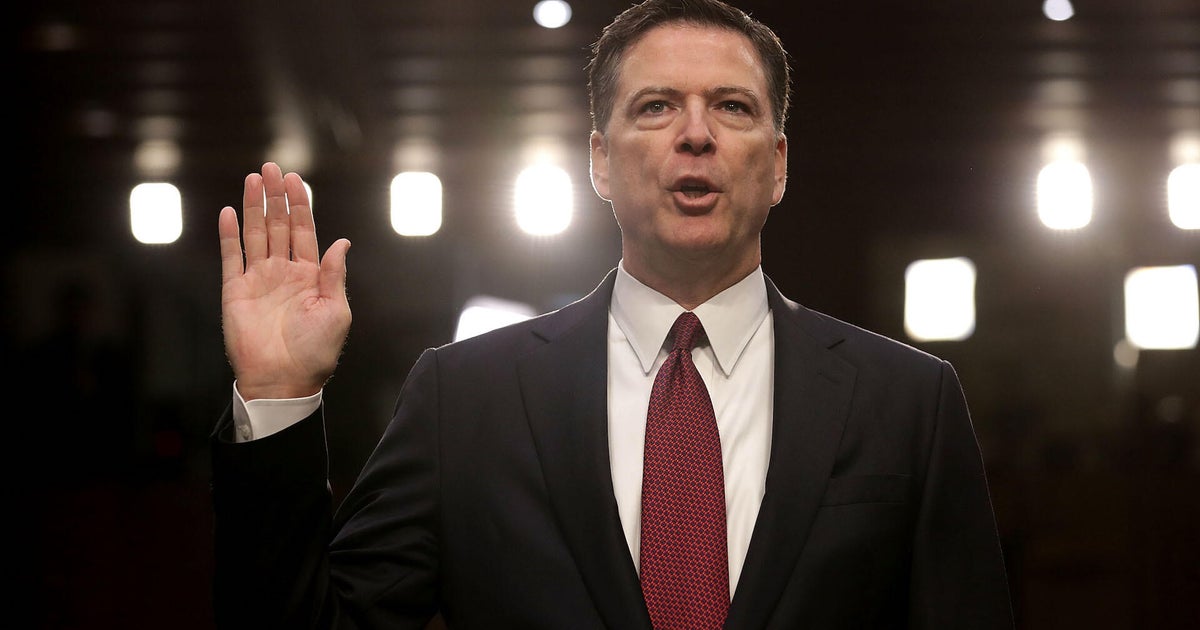Supreme Court Weighs Free Speech in Colorado Conversion Therapy Case

Supreme Court Considers Free Speech and Professional Conduct
The U.S. Supreme Court recently heard arguments in a case challenging Colorado’s ban on conversion therapy for minors, with a majority of justices expressing skepticism about the law’s constitutionality. Lawyers for counselor Kaley Chiles argued the ban infringes on therapists’ First Amendment rights by restricting conversations about sexual orientation and gender identity, even when those discussions are based on religious or personal beliefs. The state, however, maintains the law regulates professional conduct—not speech—citing a consensus among mental health organizations that such therapies are harmful and ineffective.
Debate Over Viewpoint Discrimination and State Power
During oral arguments, several conservative justices raised concerns about viewpoint discrimination, questioning whether states can favor one medical opinion over another. Justice Amy Coney Barrett highlighted the tension between protecting minors and respecting professional speech, while Colorado’s solicitor general emphasized that licensed professionals are held to a standard of care, not unlimited free expression. A ruling against Colorado could prompt over twenty states to revisit similar bans, reshaping the legal landscape for LGBTQ+ youth protections and professional speech rights nationwide.
About the Organizations Mentioned
U.S. Supreme Court
The **U.S. Supreme Court** is the highest judicial authority in the United States, established by Article III of the U.S. Constitution and formally created under the Judiciary Act of 1789. It serves as the ultimate arbiter of constitutional and federal law, with the power to interpret the Constitution, review laws, and overturn those deemed unconstitutional, thus checking the legislative and executive branches of government[1][4][6]. The Court first convened in 1790 with six justices, including its first Chief Justice, John Jay. Over time, Congress adjusted the number of justices, settling at nine in 1869, comprising one Chief Justice and eight Associate Justices, all appointed by the President and confirmed by the Senate[1][3][6]. Justices hold lifetime appointments, ensuring judicial independence. The Court initially lacked prestige but gained significant authority under Chief Justice John Marshall (1801–1835), who established judicial review in *Marbury v. Madison* and solidified the Court as the definitive interpreter of the Constitution[10]. Key achievements of the Supreme Court include landmark rulings that shaped American federalism and civil rights, such as *McCulloch v. Maryland* (affirming federal power), *Gibbons v. Ogden* (regulating interstate commerce), and the establishment of judicial independence during the impeachment proceedings of Justice Samuel Chase. The Court also modernized its procedures by issuing unified majority opinions instead of individual ones[10]. Today, the Supreme Court sits in its dedicated building in Washington, D.C., completed in 1935, holding annual terms from October to late June or July. It exercises original jurisdiction in limited cases (e.g., disputes between states) and primarily appellate jurisdiction over federal and constitutional issues[4][6]. For readers interested in business and technology, the Court’s decisions profoundly impact regulatory frameworks, intellectual property law, and digital privacy rights, influencing the legal landscape in which modern enterprises operate. Its role in balancing governmental








